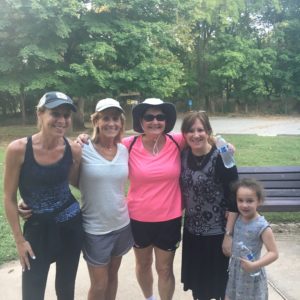The Sounding of the Shofar Awakens The Soul
One of the highlights of the high holidays is to hear the shofar.
The shofar, a hollowed out ram’s horn, is the most ancient musical instrument used throughout history as a rallying call to bring people together. In ancient Israel, the shofar announced the New Moon (Rosh Chodesh), was blown in the desert as a battle cry to declare war and celebrate victories, was blasted on Mount Sinai when the Jewish people received the Ten Commandments, and the Hebrew tribe Levites of the Holy Temple played the shofar as one of their musical instruments.
In modern times, the shofar most commonly blown like a trumpet to signal the coming of the New Year—Rosh Hashanah—and to awaken our souls and bring us closer to God.
Traditionally, the most common place to hear the shofar is in synagogue, but this year because of covid19, many of us will hear the blast of the shofar outdoors, in a park, on a neighborhood street, in our backyard, or virtually on a computer. Continue reading
My High Holiday Hike With Hashem
During the High Holidays, the 10-day period between Rosh Hashanah and Yom Kippur, more Jews fill the pews than any other time of year. Known as The Days of Awe, we push ourselves to do some serious soul searching. Â We dig deep during this time of teshuva, a Hebrew word that translates literally as “return” and describes the return to God and with our fellow human beings as we ask (and grant) forgiveness and strive to better ourselves, our souls.
We walk or drive to our places of worship, sometimes having to park miles away and take a shuttle because the parking lot is so packed. We don our finest holiday clothes, schmooze with friends, listen to the loud blasts of the shofar, recite special prayers, and read from the Torah. The rabbis wear white robes adorned with silver and gold to symbolize royalty and the annual coronation of God as King of the Jewish people.
On this Rosh Hashanah, I celebrated the birthday of the Jewish people at Nusach Hari B’nai Zion because I feel particularly close to the Orthodox rabbis there, and I gain a lot of insight from the learner’s service afterwards; On Kol Nidre, the eve of Yom Kippur, I helped collect tzedakah, or charity, at Congregation Shaare Emeth, a reformed temple where my kids made their bar and bat mitzvah. When Cantor Seth belts out the Jewish prayer Avenu Milkenu,“Our Father Our King,†his beautiful voice fills the sanctuary. Every year, the rabbis deliver sermons of various themes, their words profound and personal and make me feel proud to be a Jew.
This year, something special happened to me in between Rosh Hashanah and Yom Kippur services, and it took place somewhere without stained-glass windows or a Holy Ark. There was no dress code or crowd of people, either. You see, Hashem a Hebrew term for God, came to me while I was lost in the woods, all alone, wearing gym shorts and a t-shirt, and covered with sweat and bug spray.
I call this story my “A-HAshem†moment.

